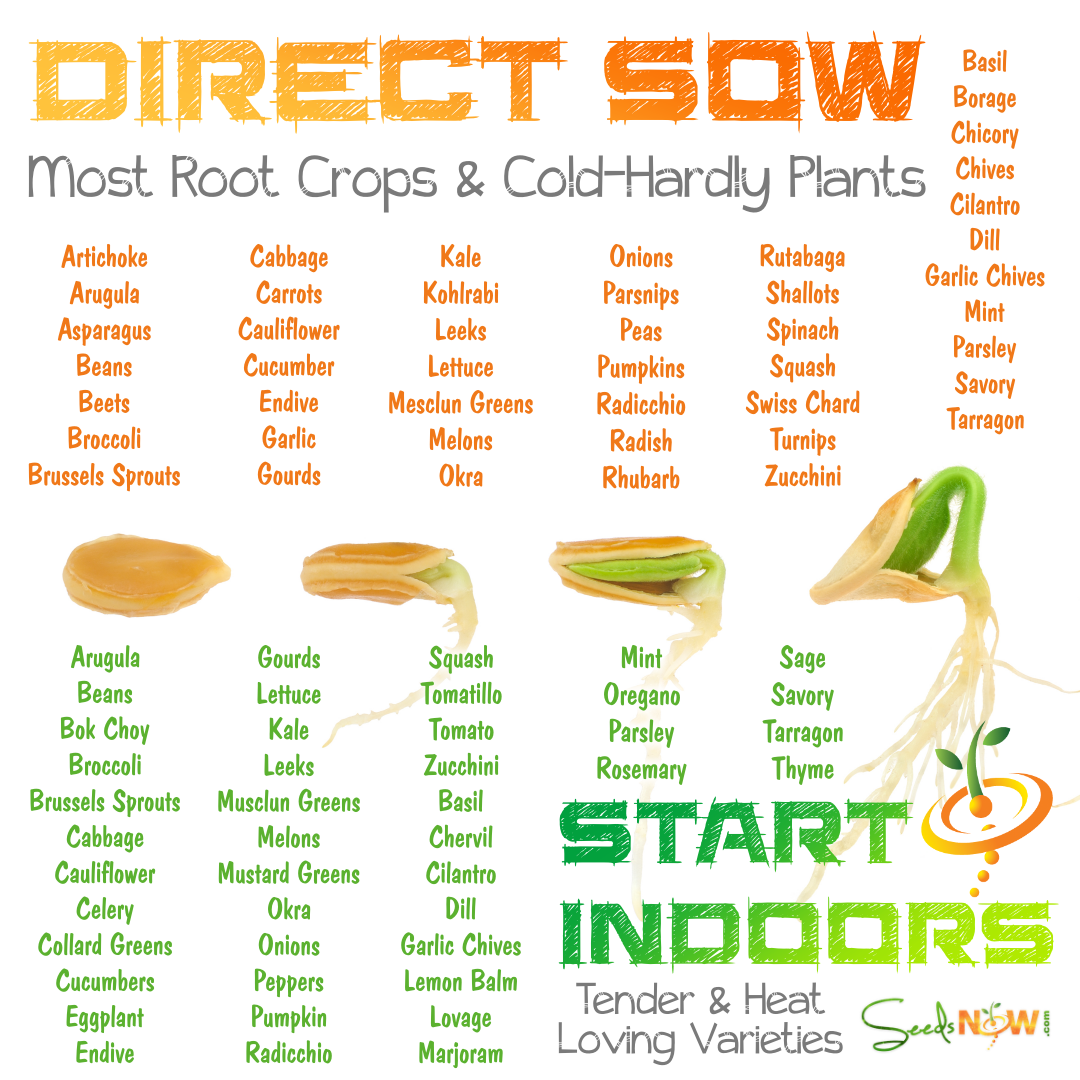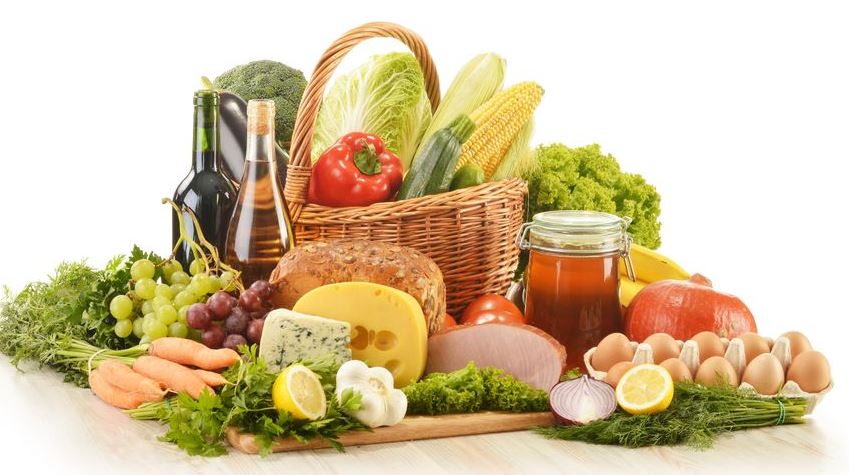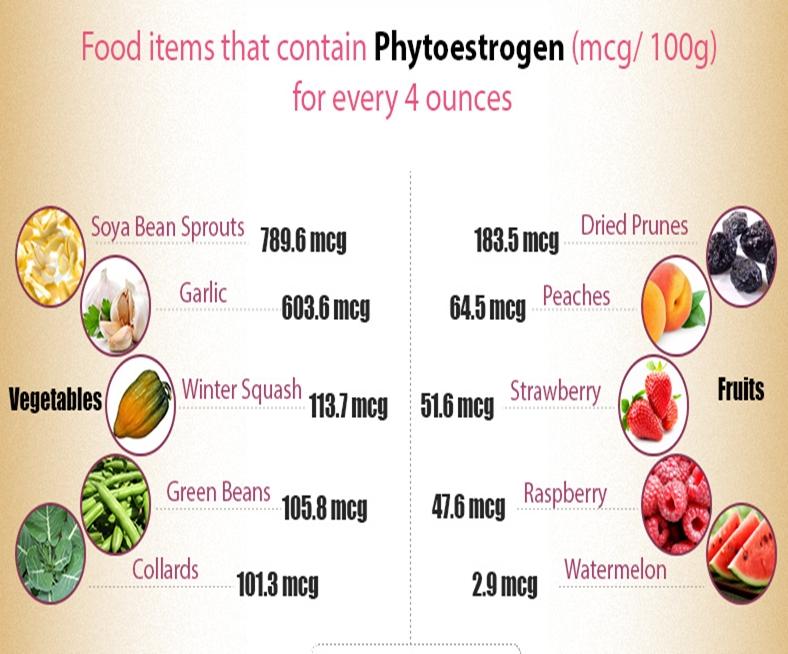Asexual Reproduction in Vegetables: Understanding the Process of Seedless Growth

Vegetables, as a vital part of our diet, provide essential nutrients and contribute to a balanced meal. While most vegetables are propagated through seeds, certain species have developed remarkable strategies to reproduce without seeds, known as asexual reproduction. This fascinating phenomenon occurs naturally and can be cultivated through specific techniques to produce seedless vegetables.

Vegetative Reproduction: A Natural Process

Vegetables capable of seedless growth utilize vegetative reproduction, a process by which new plants are derived from existing plant parts, rather than seeds. This process takes advantage of the plant’s ability to regenerate and form new structures from various tissues. Some common forms of vegetative reproduction include:
Stem Cuttings: In this method, stems or branches of a mature plant are cut and planted in a suitable medium, such as soil or water. The severed stem has the capacity to develop roots and shoots, eventually forming a new independent plant with its own root system.
Rhizomes: Some vegetables, like ginger and turmeric, possess underground stems called rhizomes. These horizontal, fleshy stems grow laterally and produce new shoots and roots along their length. When a section of the rhizome is divided and planted, each portion can develop into a new plant.
Bulbs: Vegetables like onions, garlic, and tulips form bulbs, which are underground storage organs. Bulbs consist of a short stem surrounded by fleshy leaves or scales that store nutrients. When a bulb is planted, it produces new roots and shoots, giving rise to a new plant.
Tubers: Potatoes, sweet potatoes, and yams are examples of vegetables that reproduce through tubers. Tubers are swollen underground stems that serve as storage organs, containing starch and other nutrients. Each tuber has the potential to produce multiple shoots, resulting in several new plants.
Apomixis: Apomixis is a unique form of asexual reproduction that occurs in certain plant species. In apomictic plants, seeds are produced without fertilization. These genetically identical seeds develop from unreduced egg cells, bypassing the need for pollination and meiosis.
Commercial Propagation of Seedless Vegetables
The commercial production of seedless vegetables is primarily driven by their convenience, ease of growth, and appealing characteristics to consumers. Seedless varieties of vegetables can be obtained through controlled pollination techniques and advanced breeding programs. Some notable examples of seedless vegetables include:
Seedless Cucumbers: Developed through strict pollination control, seedless cucumbers offer convenience and eliminate the task of removing seeds before consumption.
Seedless Watermelon: Through careful breeding, seedless watermelons have been created to provide a sweet and crisp eating experience without the hassle of seeds.
Seedless Grapes: Seedless grapes are commonly produced by treating the vines with growth regulators that prevent seed development, resulting in larger, sweeter grapes.
Conclusion
The ability of certain vegetables to grow without seeds offers a fascinating glimpse into the diverse reproductive strategies in the plant kingdom. Asexual reproduction, through various forms like stem cuttings, rhizomes, bulbs, tubers, and apomixis, enables seedless growth and has been harnessed by humans to produce convenient and desirable vegetable varieties. The production of seedless vegetables through these techniques demonstrates the ingenuity and adaptability of plants, adapting to their environments to ensure their survival and propagation.










